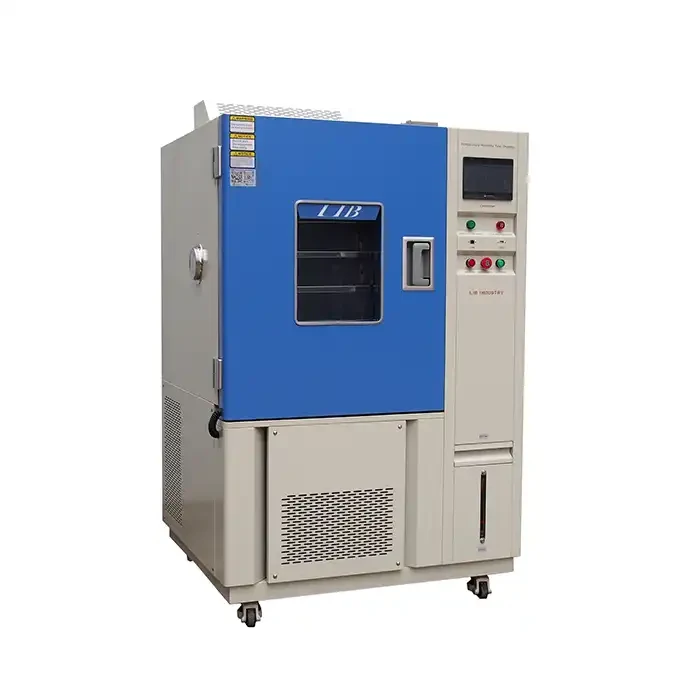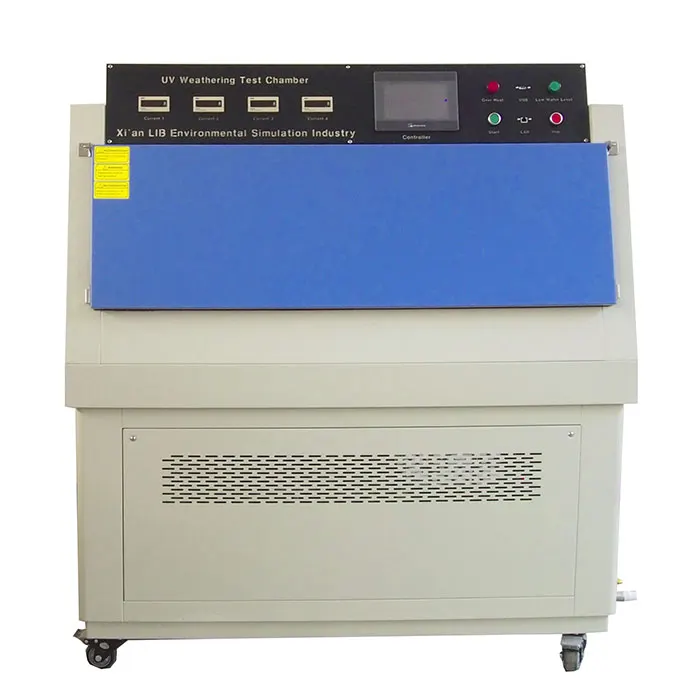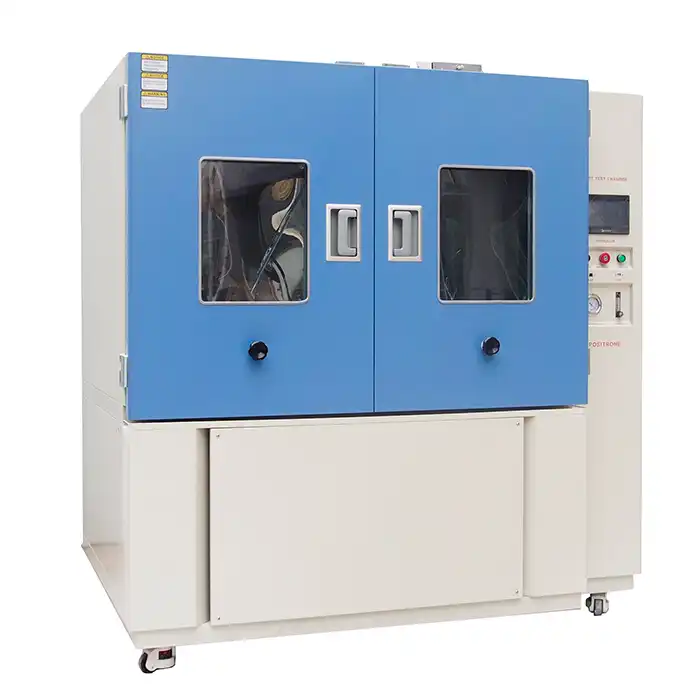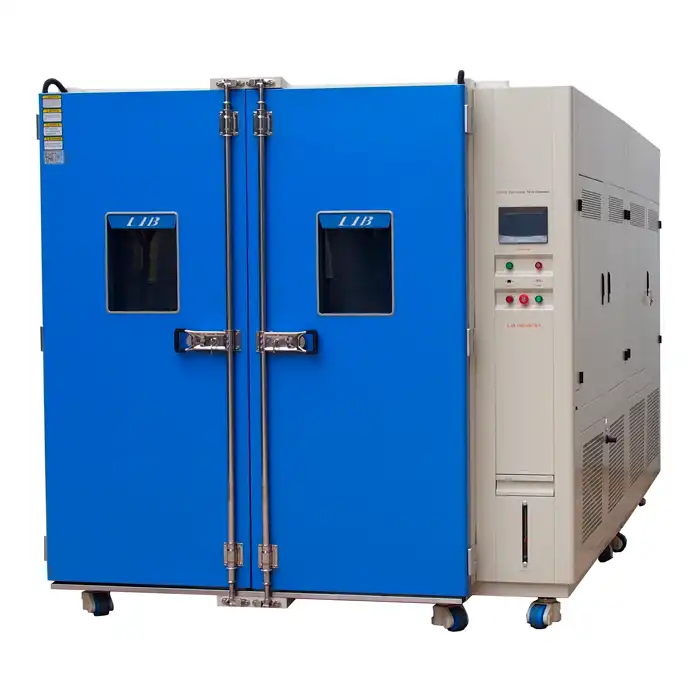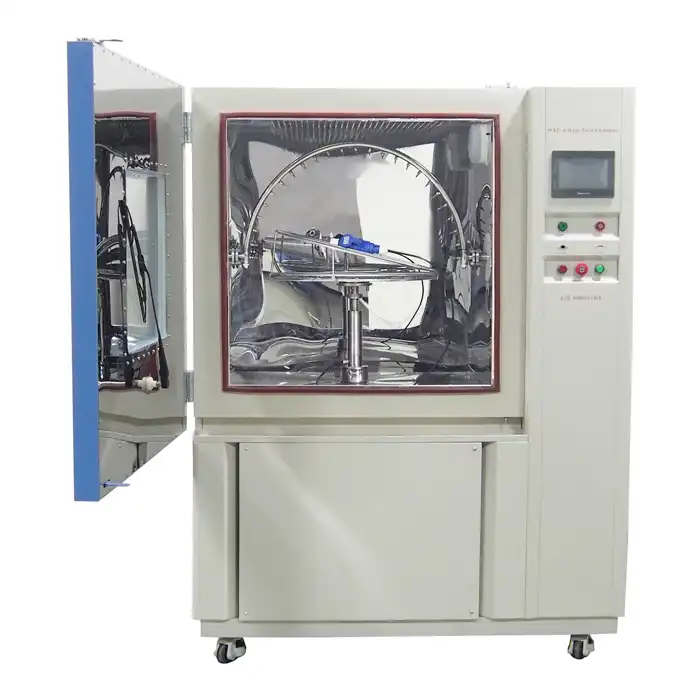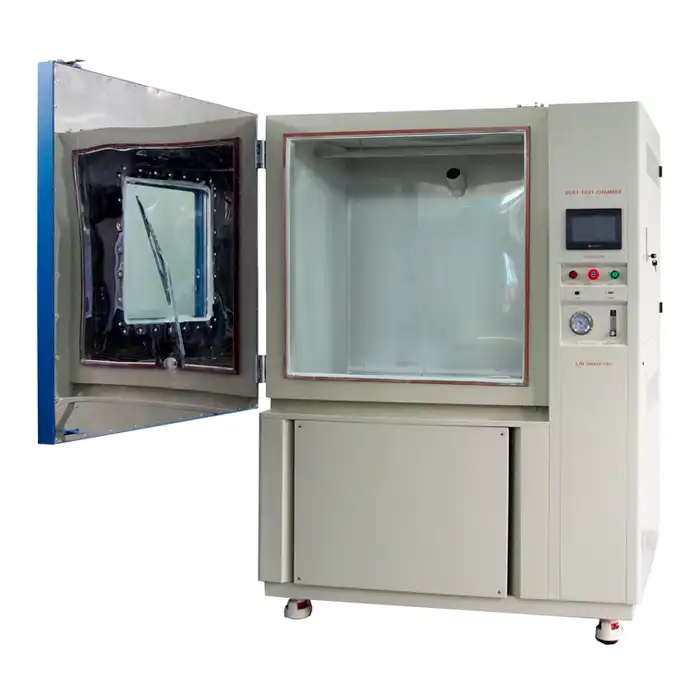Understanding the Power of Salt Spray Corrosion Test Chambers in Material Testing
In industries where material durability is critical, corrosion resistance plays a defining role in product performance. A salt spray corrosion test chamber provides accelerated testing conditions to evaluate how materials withstand harsh environments. This testing method is essential for manufacturers, researchers, and quality control professionals aiming to enhance product reliability and longevity.
How Salt Spray Chambers Compress Years of Environmental Exposure?
Corrosion is a slow and continuous process that can take years in natural conditions. A salt spray chamber accelerates this process by exposing materials to a controlled saline mist, simulating the effects of prolonged environmental exposure in a fraction of the time. This allows manufacturers to predict a material's performance under extreme conditions such as marine environments, industrial pollution, and road de-icing salts.
By condensing years of corrosion into hours or days, these chambers provide rapid and reliable insights, helping industries make informed decisions about material selection, protective coatings, and product durability.
Material Performance Benchmarking: Establishing Comparative Corrosion Resistance Standards
Different materials and coatings react uniquely to corrosive environments. A salt spray corrosion test chamber enables comparative analysis, allowing manufacturers to benchmark materials against industry standards such as ASTM B117, ISO 9227, and JIS Z 2371. These standardized tests help establish corrosion resistance ratings, ensuring that materials meet regulatory requirements before entering the market.
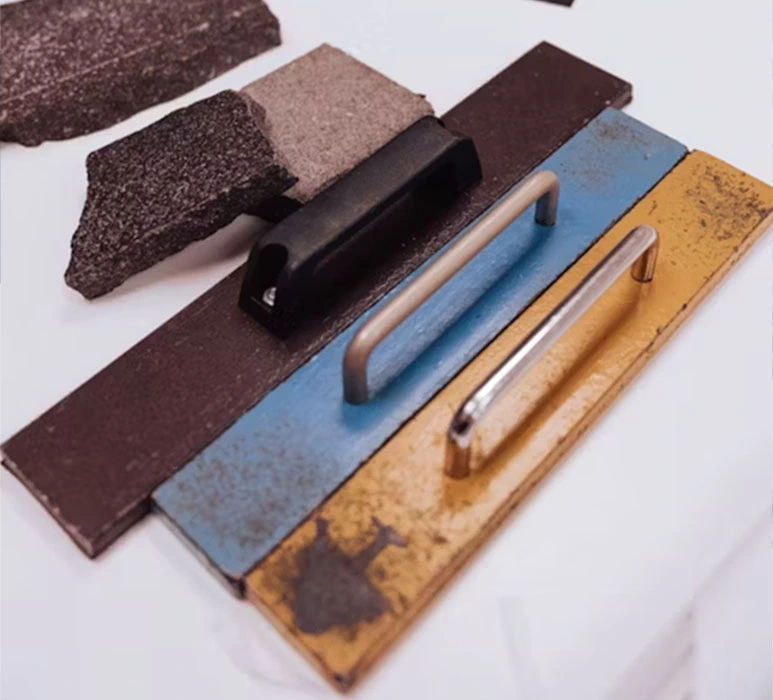
Different degrees of coating corrosion
By testing under uniform conditions, businesses can confidently compare different materials and coatings, optimizing their selection process for maximum durability and cost efficiency.
Cross-Material Testing Capabilities: Evaluating Metals, Coatings, and Composite Materials
The versatility of salt spray chambers extends beyond metals to coatings, polymers, and composite materials. These chambers assess the effectiveness of protective coatings, such as zinc plating, powder coatings, and anodized layers, by evaluating their resistance to corrosion over time.
For instance, automotive manufacturers use salt spray testing to verify the longevity of galvanized steel in car bodies, while aerospace industries test aluminum alloys to ensure compliance with stringent corrosion resistance standards. Similarly, marine industries rely on salt spray corrosion test chambers to assess how composite materials hold up against saltwater exposure, safeguarding their structural integrity in real-world conditions.
Quantitative Analysis Methods: From Visual Inspection to Electrochemical Measurement
Salt spray testing combines qualitative and quantitative evaluation methods to provide a comprehensive understanding of corrosion behavior. Traditional visual inspections assess the degree of rust, blistering, or coating degradation, while advanced electrochemical techniques offer precise measurements of corrosion rates.
For example, electrochemical impedance spectroscopy (EIS) quantifies a material's resistance to corrosive reactions by measuring electrical conductivity changes over time. Additionally, weight loss analysis determines mass reduction due to corrosion, offering an empirical method to calculate material degradation rates. These quantitative approaches provide manufacturers with data-driven insights to optimize material selection and improve protective coatings.
LIB salt spray corrosion test chamber: Adapting Chamber Parameters to Simulate Specific Environments
A key advantage of salt spray corrosion test chambers is their adaptability to simulate diverse environmental conditions. Parameters such as temperature, humidity, pH levels, and salt concentration can be precisely adjusted to replicate real-world exposure conditions specific to various industries.
| Temperature Range: Ambient ~ +60 ℃ Temperature Fluctuation: ± 0.5 ℃ Temperature Deviation: ± 2.0 ℃ Humidity Range: 95% ~ 98% RH Salt Fog Deposition: 1~2ml / 80cm2 · h Spray Type: Continuous / Periodic Salt Fog Collected: Fog collector and fog measure cylinder Air Preheating: Saturated air barrel Spraying System: Atomizer tower and Spray nozzles Controller: PID controller |
By customizing test conditions, businesses can predict product performance in specific operating environments, leading to enhanced durability and reduced maintenance costs. These adaptable testing protocols allow manufacturers to refine materials and coatings, ensuring their products exceed industry standards and customer expectations.
LIB Industry specializes in providing turn-key solutions for salt spray corrosion test chambers, including research, design, production, installation, and training. Contact us today at ellen@lib-industry.com to learn how our advanced testing solutions can enhance your material durability and product reliability.
References
1. ASTM B117 Standard Guide for Salt Spray (Fog) Testing - American Society for Testing and Materials
2. Corrosion Testing: Application and Use of Salt Spray Chambers - Materials Performance Journal
3. Electrochemical Impedance Spectroscopy as a Tool for Corrosion Monitoring - Electrochemical Society Publications
4. Comparative Study of Coating Performance in Salt Spray Testing - Journal of Coatings Technology and Research




